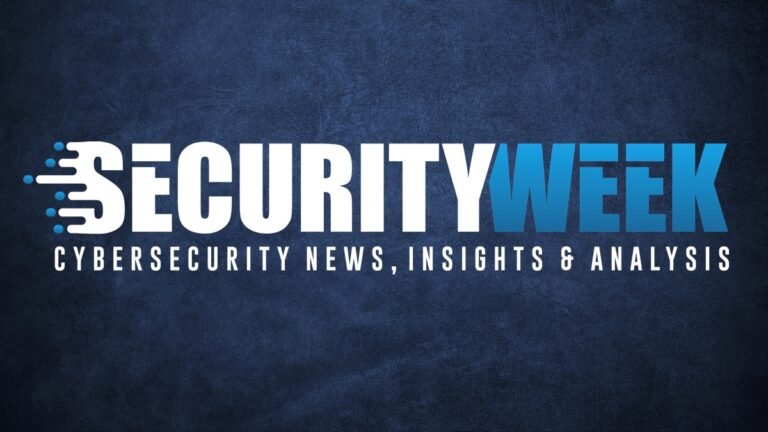Fast Facts
-
Data Breach Impact: Radiology Associates of Richmond has confirmed a data breach affecting over 1.4 million individuals, with unauthorized access occurring for several days in April 2024.
-
Personal Information Compromised: The breached systems contained identifiable protected health information, but there’s no evidence of misuse reported; credit monitoring is available for those affected whose Social Security numbers were involved.
-
Scale and Context: The incident, recorded by the Department of Health and Human Services, highlights a broader trend of significant healthcare data breaches, with recent incidents also affecting other organizations like Anne Arundel Dermatology (1.9 million) and Episource (5.4 million).
- Lack of Attribution: No ransomware group has claimed responsibility for the attack on Radiology Associates of Richmond, indicating uncertainty about the motives behind the breach.
Key Challenge
In a significant cybersecurity incident, Radiology Associates of Richmond revealed that over 1.4 million individuals have been affected by a data breach stemming from unauthorized access to its systems for several days in April 2024. The breach was only confirmed more than a year later, when the organization discovered that sensitive files containing protected health information and personal details had been compromised. Despite the gravity of the situation, the organization asserts there is no evidence that the exposed information has been actively misused, although it is offering complimentary credit monitoring services to those whose Social Security numbers were involved.
The health organization, which operates multiple imaging facilities in central Virginia, reported the breach via a notice on its website, with the Department of Health and Human Services (HHS) tracking the impact on approximately 1,419,091 individuals. Intriguingly, no ransomware group has claimed responsibility for this particular attack, raising questions about the motives and methods behind the intrusion. This episode is part of a troubling trend, as other significant breaches in the healthcare sector, such as the one affecting Anne Arundel Dermatology with 1.9 million impacted, highlight the pervasive risks facing sensitive medical data in today’s digital landscape.
What’s at Stake?
The data breach at Radiology Associates of Richmond, which has compromised the personal and health information of over 1.4 million individuals, presents significant risks not only to the affected patients but also to other businesses and organizations within the healthcare sector and beyond. Should these entities experience similar breaches, the repercussions might escalate into a domino effect, heightening public distrust in data security measures across the entire industry. This potential erosion of trust could deter patients from seeking medical services, thereby impacting revenue streams, undermining clinical operations, and straining resources amid escalating regulatory scrutiny. Furthermore, the risk of subsequent breaches can lead to cascading financial liabilities, as organizations may be compelled to allocate substantial funds toward enhanced cybersecurity measures, legal defenses, and reparations for affected clients. In an ecosystem as interconnected as healthcare, the ramifications of such data breaches could catalyze systemic vulnerabilities that not only affect healthcare providers but also insidiously erode the operational integrity of adjacent businesses, thereby threatening the overall stability of the sector.
Possible Actions
Timely remediation is crucial in safeguarding patient trust and ensuring compliance following the breach impacting 1.4 million individuals at the Virginia Radiology Practice.
Mitigation Steps
- Immediate Notification: Inform affected individuals about the breach.
- Enhanced Security Protocols: Implement stronger cybersecurity measures.
- Regular Audits: Conduct frequent assessments of security practices.
- Data Encryption: Encrypt sensitive patient information to protect its integrity.
- Employee Training: Educate staff on data privacy best practices.
- Investigation: Analyze breach origins to prevent recurrence.
- Continuous Monitoring: Employ tools for real-time threat detection.
NIST CSF Guidance
NIST Cybersecurity Framework emphasizes the need for immediate incident response, risk management, and ongoing security improvement. For further details, consult NIST SP 800-61, which covers Computer Security Incident Handling.
Stay Ahead in Cybersecurity
Stay informed on the latest Threat Intelligence and Cyberattacks.
Understand foundational security frameworks via NIST CSF on Wikipedia.
Disclaimer: The information provided may not always be accurate or up to date. Please do your own research, as the cybersecurity landscape evolves rapidly. Intended for secondary references purposes only.
Cyberattacks-V1

